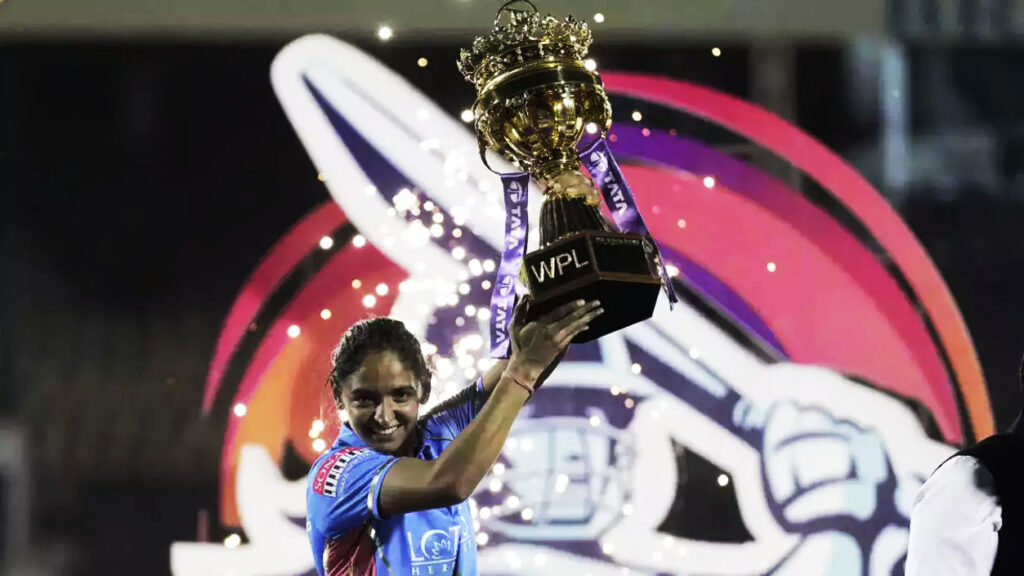The inaugural Women’s Premier League (WPL), which concluded on March 26, 2023, was a historic event for women’s cricket in India. Mumbai Indians skipper Harmanpreet Kaur became the first captain to win the tournament, which was held at the Brabourne Stadium in Mumbai. However, the event was not without its controversies, particularly surrounding the commentary and umpiring.

During a league stage match between Delhi Capitals and Gujarat Giants, commentator Sanjay Manjrekar made a remark that highlighted the lack of familiarity with women’s cricket. He admitted that he did not know much about Taniya Bhatia, who was batting on the field, and urged his co-commentator Anjum Chopra to speak more about her. This moment underscored the need for greater attention to be paid to women’s cricket, particularly in terms of popular appeal.
Sports writer and expert Sharda Ugra notes that the lack of preparation on the part of commentators is a concern, but there are bigger issues that marred the WPL. The grounds and boundaries were much smaller than in other women’s cricket leagues, which she finds more insulting to the women playing than what was said over commentary.
The incorrect pronunciation of players’ names (in Hindi) and the use of the term “batsman” instead of “batter,” as mandated by the International Cricket Council (ICC), also found their way onto live television. These issues suggest a level of ignorance at play, and underscore the need for greater education and awareness about women’s cricket.

While the use of “batsman” instead of “batter” is a habit that is slowly changing, the move towards gender-neutral terminology is an important step in making the sport more inclusive. The MCC and the ICC have both moved towards using “batter” instead of “batsman” in the Laws of Cricket, which will have a significant impact in making the sport more welcoming to all genders.
In terms of commentary, there is a need for greater preparation and familiarity with women’s cricket. Commentators should take the time to get to know the players, their style, and their strengths. In England, the BBC TMS Radio made a point of having all their top male commentators watch women’s matches as well, to gain greater familiarity with the sport. This approach should be emulated in India, and should be sustained and organized in order to achieve the desired results.
The WPL was streamed live on JioCinema with commentary in English, Hindi, Telugu, Tamil, and Kannada. This was a positive step towards greater inclusivity and accessibility for women’s cricket, and should be continued in future tournaments.
Overall, the inaugural Women’s Premier League was a significant event for women’s cricket in India. However, it also highlighted the need for greater attention to be paid to the sport, particularly in terms of commentary and education. By taking these steps, cricket can become a more welcoming and inclusive sport for all.